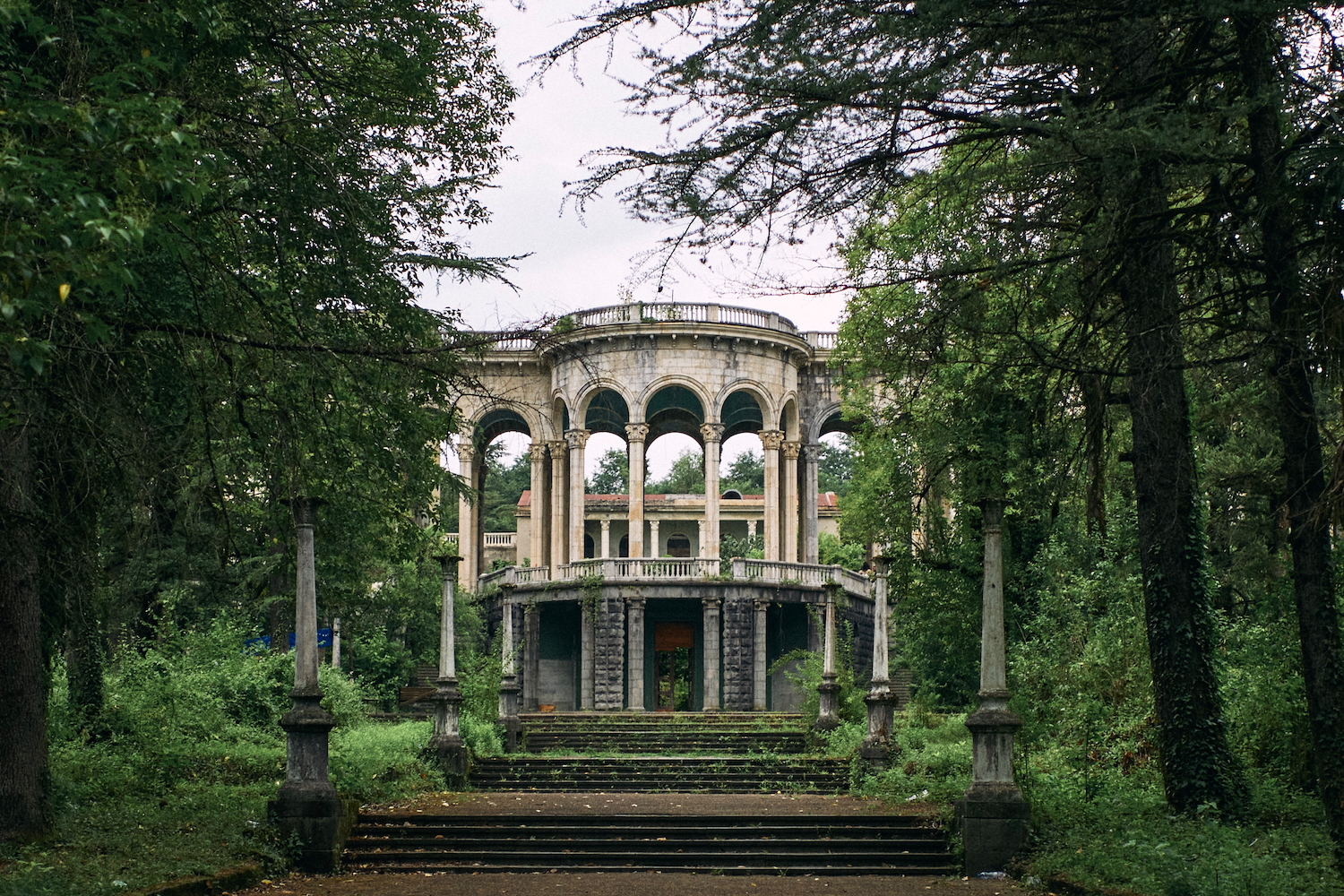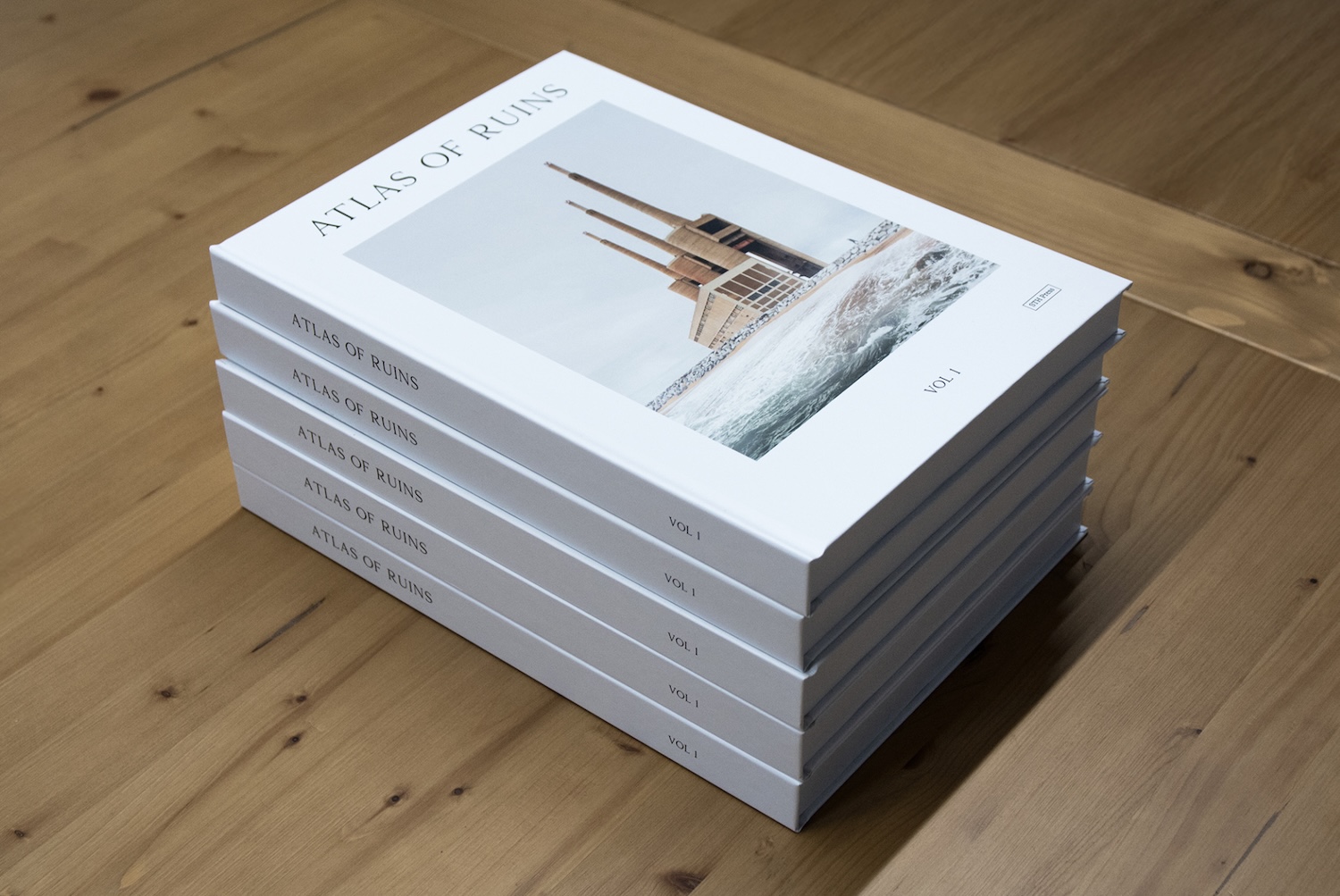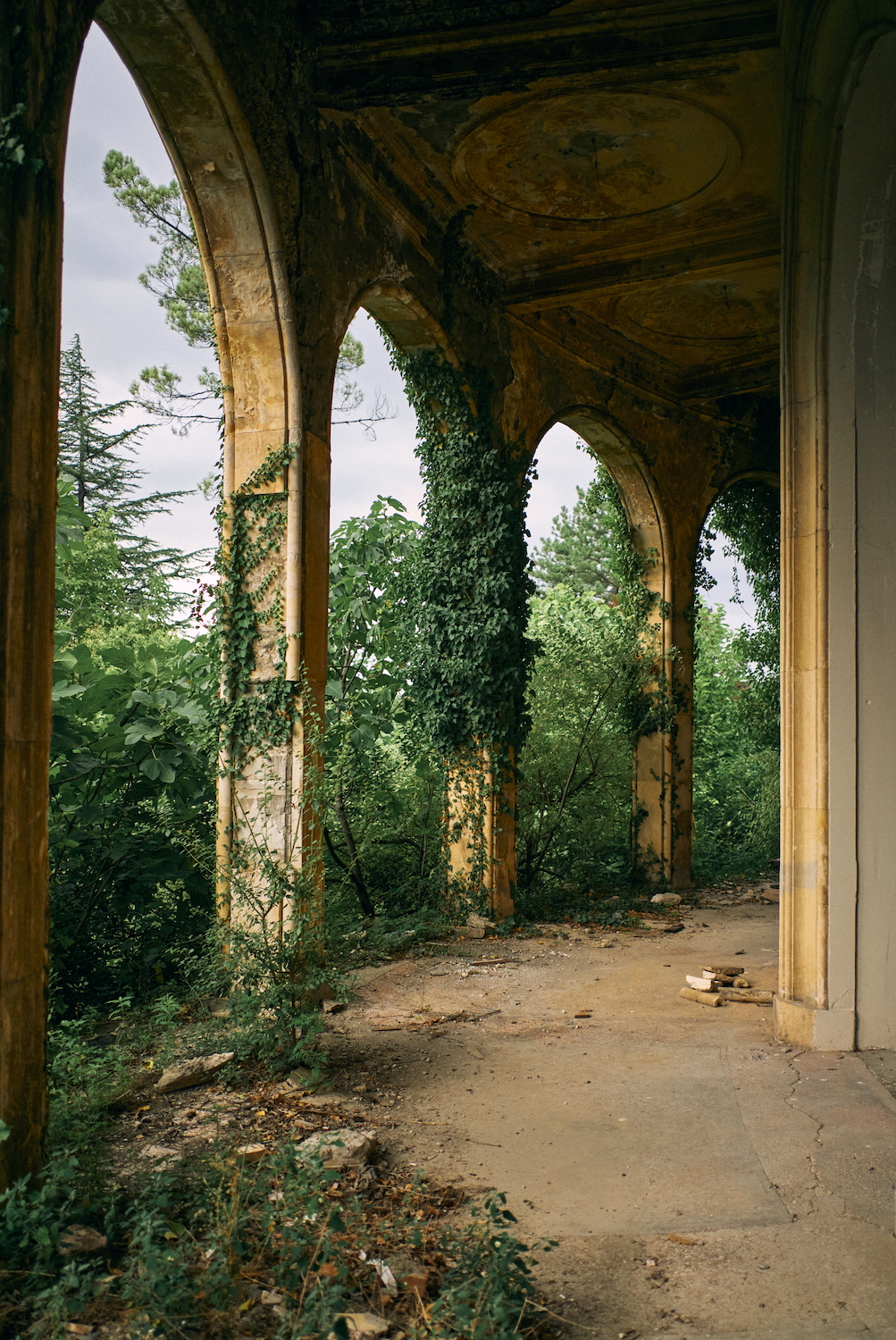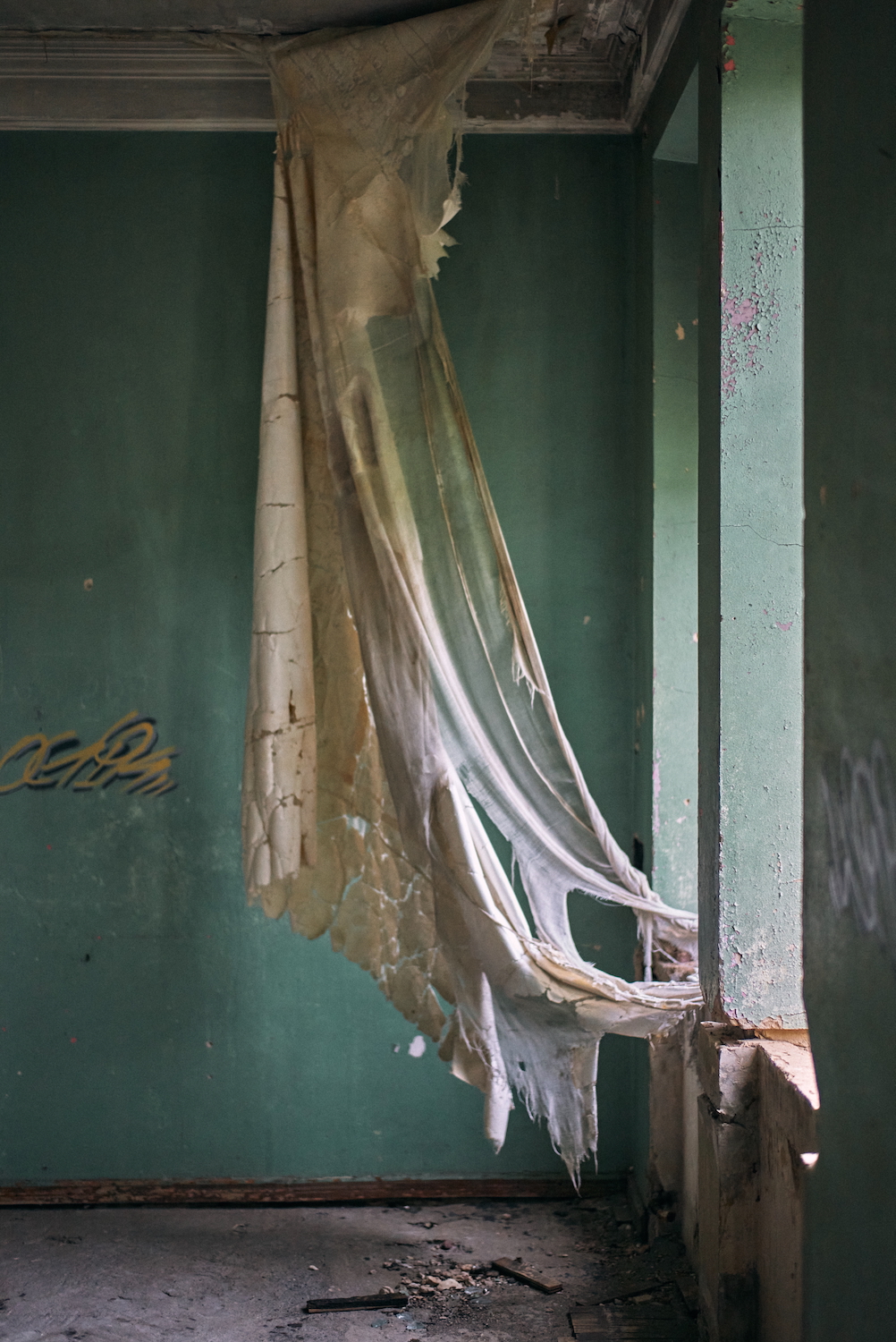Ruins in Print
Wandering through grand ruins reclaimed by wildflowers and time
Hello fellow walkers, tinkerers, and beautiful curious people. I’m Toto, and you’re receiving this dispatch because you noticed my new Instagram handle—and, frankly, took pity on me. If you’re new here, welcome, and thank you for subscribing.
I’m parked in a work-friendly café in Tbilisi—my hometown—after my third flight to Tokyo was canceled by the current turmoil in the Middle East. It’s the least I’ve felt upset about a delayed journey, since I genuinely enjoy being here. The city has transformed since I left more than a decade ago: despite its internal political tensions, it’s modernizing at a breakneck pace in a way that still feels cozy and motivating.
This is my first June back. I usually return in September for mild weather and the wine harvest, when everything and everyone recovers from August’s heat and seaside parties. But this year the air is surprisingly cool, and the hills around the city are exploding with wildflowers, so saturated that the green almost hums.

My partner and I took the road west to Tskaltubo, the Soviet-era spa town where political elites once came to bathe in “medical” mud and ballroom-dance in grand palaces. We had one mission to visit Medea, perhaps the most Instagrammed ruin in Georgia, recently featured in the Atlas of Ruins by Reuse Italy. Three of my photographs are featured in the book, alongside work by photographers from around the globe.

The volume is hefty, and wonderfully distracting if you’re drawn to abandoned places. You can still find it here (alas, no royalties). Even though the atlas lacks a map and stories behind the places, I found it irresistibly tickles the “What happened here?” impulse. The book doesn’t include much context beyond place names, but that mystery might delight non-photographers hungry for stories—something I care about greatly.


I didn’t shoot any photos on this visit, save for a few with my phone. To my surprise, the ruins felt even more drained than I remembered—and considerably more touristy, too. Every building hosted half a dozen curious souls or photographers, all framing the same shot, which I, of course, took a few years back as well.
Back in Tokyo, focus awaits—darkroom printing and deep work I’ve sorely missed.
Jinny Street Gallery, the walking-friendly outdoor space I co-run with Lorenzo, is hosting a fantastic summer exhibition in collaboration with the legendary Koenji sento, Kosugiyu, which just opened its Harajuku branch. I regret missing the opening thanks to my aborted flights, but the show runs through most of the first half of summer, and I’m looking forward to experiencing it as one of you.
Until next time, fellow walkers,
—Toto
